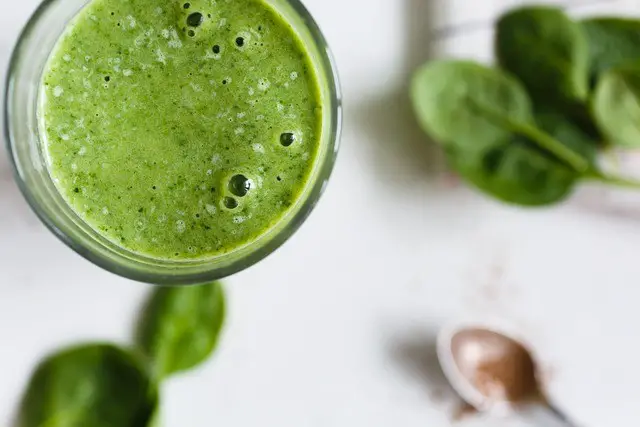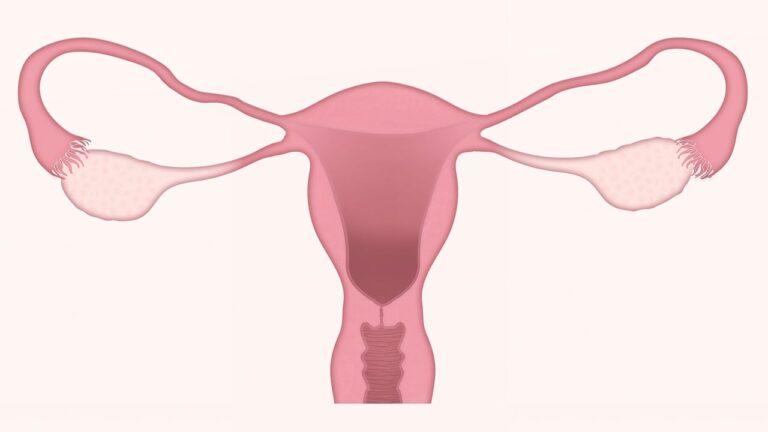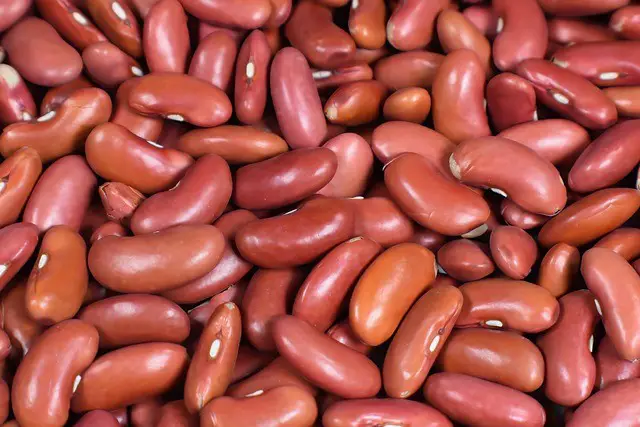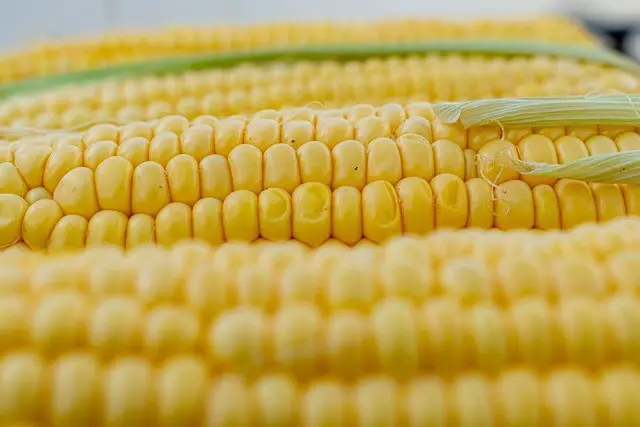Whether you are a pro on the keto diet or a newbie, one thing is crystal clear, you’re restricting carb intake and increasing fat and protein intake. This is meant to deprive your body of glucose (derived from carbs), so your body can use fat for fuel. This process is referred to as ketosis.
Okay, we’ve been told that we should get a high percentage of our daily calories from fat, but how much exactly should we be getting from protein and fat intake? The distribution of keto macros depends on which type of ketogenic diet you follow.
Allow me to take you through the keto diet percentages, explaining how many calories from protein, fat, and carbs you should be consuming per day. How many calories per day should you get from carbs, protein, and fats to lose weight? In addition, I will teach you how to calculate your daily protein, fat, and carbohydrate intake on ketogenic diets.
Without further ado ladies and gentlemen, shall we?
Keto Diet Percentages

The ketogenic diet recommends high fat intake, moderate protein consumption, and carbohydrate restriction. The most common mistake people make is not in limiting calories from carbs but in how much protein they consume.
Why is macronutrient distribution important in the keto diet? Once you limit carbs to 20 to 50 grams per day (standard keto diet), your blood sugar level drops and there’s a reduction in insulin release. This triggers the conversion of glycogen to glucose for energy. Once glycogen stores are depleted, proteins are broken down to make glucose through a process called gluconeogenesis.
When you run low in proteins, your body turns to its secondary energy source, fats. In the absence of other sources of energy, your body breaks down body fat for energy. This process is referred to as ketosis. If your body is in nutritional ketosis, there will be an increase in ketone levels. Some other symptoms to look out for include increased energy levels, being alert, increased satiety, and lower hunger levels.
The keto diet recommends for you to distribute your calories as follows: 70-75% fat intake, 20-30% protein intake, and 5-10% carbs. This percentage distribution may change with different variations of the diet.
Assuming you were distributing these figures following the 2,000-calorie standard diet, you will be consuming roughly 125 grams of protein, 155 grams of fat, and 25 grams of carbohydrates. You get the number of grams consumed by converting kcals to grams. Remember carbs contain 4 calories per gram, proteins provide 4 calories per gram and fats have 9 calories per gram.
Fat contains more calories than the calories in protein and carbs. Taking too much fat, especially unhealthy ones, will have you gaining instead of losing weight. Since most people turn to this low carb. high-fat diet to lose weight, let’s find out the macronutrient ratio to achieve this.
Keto Macro Ratio for Weight Loss
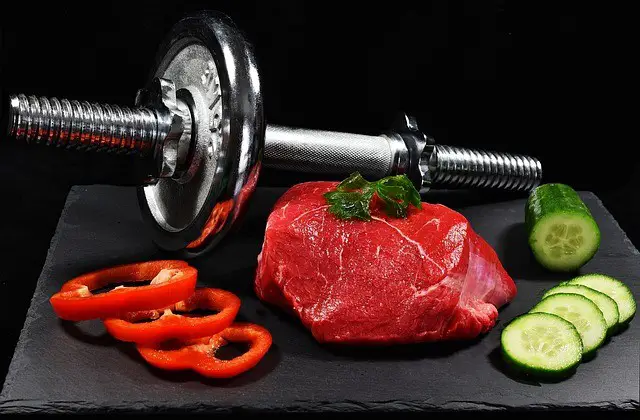
The recommended calorie intake for weight loss usually takes into consideration the fact that there needs to be a calorie deficit to lose weight. If there are too many calories (calorie surplus), there will be a weight gain, since most energy is stored.
Many factors influence the number of calories you need to consume for your body to be at its optimum. These include age, gender, overall health, body composition, basal metabolic rate, and activity level. Your recommended calorie intake is enough to maintain your current weight. To reduce your current weight, you will need to reduce that intake by 500-1,000 kcals.
The 5-10% carb limit will lower insulin levels. Insulin is a storage hormone, meaning the lower its production the lower the amount of fat stored. When comparing how macros impact your insulin levels, carbs have the greatest impact, followed by proteins, then fat. So, to reduce insulin spikes and fat storage, it is wise to keep your macro percentages recommended on the clean keto approach.
Here are the macronutrient ratios for the different variations of the keto diet:
- Standard ketogenic diet: The calorie distribution is 70 percent fat, 25 percent protein, and 5 percent carb.
- Targeted keto diet: This type of diet is meant for athletes and allows for an additional 20-30 grams of carbs. It has a different carb, fat-to-protein ratio compared to the standard. The macro percentage distribution of calories is 65-70% fat, 10-15% carbohydrates, and 20% protein. Athletes who combine keto and exercise are allowed to consume slightly higher amounts of carbs right before a workout for energy.
- Cyclical keto diet: This type involves carb restrictions on keto days and eating normally on off days. For the keto days, you will get 70-75 percent of calories from fat, 15-20% from protein, and 5-10% from carbohydrates. On off days, the caloric distribution is as follows: 25% fat, 50% carbohydrates, and 25% protein.
- High-Protein keto diet (HPKD): For people aiming to preserve lean body mass and build muscles, this type of diet is for them. We did say overdoing proteins will slow down weight loss, however, the HPKD is still a high-fat diet. Staying within the diet’s recommended protein intake will allow you to achieve ketosis while maintaining muscle growth. On HPKD, 60-65% of the calories are from fats, 30 percent from protein, and 5-10% from carbs.
How do you calculate your keto macro ratio to get your ideal macro percentages?
Keto Macro Calculator
You can find a good keto calculator online which will tell you which macro ratio best suits your goals. Your calorie tracking app can help you track how many calories you are consuming per day to know if there’s a calorie deficit or calorie surplus.
Here’s what your calculator should have for it to be considered good.
- Gender: If it doesn’t allow you to choose your gender, it’s not the best one to go for. Your gender is one of the factors that influence how many calories you consume.
- Age: Younger people need more calories than older people.
- Weight and height: This information will be used to calculate how many calories you need to maintain your weight. Different formulas like the Harris-Benedict formula can help with this calculation.
- Body fat percentage: You can use DEXA scans at the gym or hospital to measure your body fat percentage. How is this information important? Your body fat percentage is used to calculate your lean body mass. The lean body mass will help us know the amount of protein you need to maintain lean muscle mass even when losing weight.
- Activity level: Physical activity is one of the factors that determine the number of calories you consume. You burn extra energy when you have a high physical activity level. This information is essential for finding your Basal Metabolic Rate (BMR). BMR is the energy we use when our bodies are at rest and for eating and digestion. It contributes to your total daily energy expenditure.
- Goals: Why are you on the keto diet? You may choose different variations of the keto diet if you want to maintain your current weight, lose weight, or gain lean muscle mass.
- Carb intake: There is a different carb limit when following the clean keto approach to the lazy keto diet. The amounts of carbs you consume depend on the type of low-carb diet you follow.
- Protein intake: Remember that protein, on the keto diet, is consumed in moderation and not in excess. If you take too much protein, your body will have enough to convert to its primary source (glucose) through gluconeogenesis. This means that you will achieve ketosis at a slower rate and have low ketone levels. Too little amounts of protein result in muscle loss. Consuming 0.8-1 g per pound of body weight of protein maintains muscle mass even during weight loss. Protein requirements increase with activity levels.
As you can see carb restriction isn’t the only thing you pay attention to when trying to shed off a few pounds. Calorie restriction will create the deficit you need to lose weight. The best calorie Tracking App can track your carb intake as well.
How Many Calories on Keto Diet Female
Generally, women need fewer calories than men because they have fewer muscles. The number of calories a female can consume on keto depends on their age and goal.
The older you get, the fewer the number of calories consumed. The recommended caloric intake for women of different ages is as follows:
- 19-30 years: 2,000-2,400 cals
- 31-59 years: 1,800-2,200 cals
- Above 60 years: 1,600-2,000 cals
To achieve weight loss, eat 500 to 1,000 kcals less than your recommended intake for your age. Distribute the calories according to the percentages mentioned above depending on the type of keto you are on.
You may want to regulate your blood sugar levels, maintain your weight or lose weight, but don’t know how many grams of protein, fat, and carbs you should consume per day. You will need fewer calories for weight loss compared to weight maintenance.
Keto Diet Plan
You may have taken a look at the keto diet percentages and wondered what you will do to meet these recommendations. Worry not! I will tell you what to do to increase your fat intake, lower your carb consumption, and moderate your protein intake to meet the recommended macro ratios. This while still lowering calorie consumption!
How to Increase Fat Intake to Meet Keto Macro Percentage
Although you are required to increase your fat intake, the type of fat you consume matters. Avoid trans fats from processed and convenient foods. Eat foods rich in saturated fats in moderation to lower the risks of chronic diseases like cardiovascular disease. Here are a few modifications to your meal plans to assist with this:
- Choose fatty cuts of meat: Go for fatty meats rather than lean meats. However, don’t pick red meats because they contain more saturated fat. Fatty fish and seafood are rich in omega-3 fatty acids that can improve your lipid profile.
- Add healthy oils and fats to foods: options like olive oil that are high in monounsaturated and polyunsaturated fatty acids (MUFAs and PUFAs) that have numerous health benefits for your heart. Coconut oil is rich in MCTs which makes it a good choice for cooking. Other fats like butter and ghee contain more grams of fats and fewer grams of carbs making them the perfect addition to your diet. Nut butter like almond butter should be a staple during snack time to increase the grams of fat consumed. That cream cheese doesn’t sound as bad at this point!
- Add fats to drinks: consider MCT oils in your teas, heavy cream to your black coffee, or nut butter to your smoothies. This will enable you to reach your fat macro targets without much hustle.
How to Reduce Carb Intake to Meet Keto Macro Targets

Keto-friendly foods have a low carb count which ensures you are within your carb limits. For keto dieters, every gram of carbs (net carbs) counts! These are tips to keep your carb amounts as low as possible:
- Get your carbs from non-starchy vegetables. Starchy vegetables like tubers and whole grains are prohibited in a keto dieter’s kitchen.
- Avoid sugar. You can use low-calorie sweeteners as alternatives in your keto recipes. Monk fruit, stevia, and erythritol will work as flavoring for your keto foods.
- Eat only low-carb fruits. Fruits have a high sugar content which increases your carb-macronutrient intake. Options like berries, avocados, lemons, watermelons, and cantaloupes can be incorporated as keto foods.
- Stay clear of processed foods. These foods are high in simple sugars that quickly spike blood sugar kicking you out of ketosis. Some of them contain sugar alcohols that can impact your blood glucose levels. Artificial flavors in these foods can also add to the net carbs you are consuming.
How to Moderate Protein Intake on Keto
A common misconception about keto is consuming a high-protein diet. Overconsumption of proteins slows down weight loss. But too little of it can compromise muscle mass during weight loss. Keep in mind that protein is the body’s building block. So, how do make sure you have just enough protein?
- Go for fresh meat over the processed variety.
- Prioritize high-quality proteins like lean beef, organ meats, chicken, seafood, and bone broth.
- Keep off plant-based proteins like legumes since they are high in carbs.
When Should I Adjust My Macros on Keto?
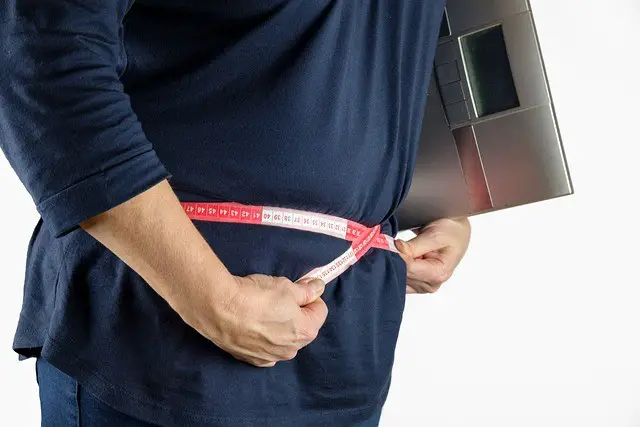
If you stop losing weight on your current keto diet percentages. Normally, you would lose 1 to 2 pounds every week on keto. This does not include the water loss experience on week one of keto dieting. Consider recalculating your macro ratio after every 4 weeks to ensure you are experiencing significant weight loss.
Go for more strict variations of the keto diet once you start facing a weight loss plateau. These have fewer calorie intake and lower carb limits to promote fat burning.
How Long Does It Take to See Results from Counting Macros?
Try specific keto diet percentages over a month (4 weeks) to notice any significant changes in your body. Remember in the first week your body is trying to get fat-adapted so it may not be wise to change your macro ratios too quickly.
After 4 weeks and you do not notice any changes, then switch to different percentages and observe. This is not a one-shoe-fits-all scenario. What works for Lisa at work may not work for Jane. Experiment until you find what best suits you.
Final Thoughts
Macronutrient ratios are different depending on the variation of keto you’re on. Your goal will determine which type of keto you will choose. Speak to your health coach to get directions on where all the right information can be found.
Which variation of the keto diet do you follow and why? What macronutrient ratios do use to calculate the grams of carbs, protein, and fat to consume? How has the experience been so far? Give us your feedback in the comments below!


